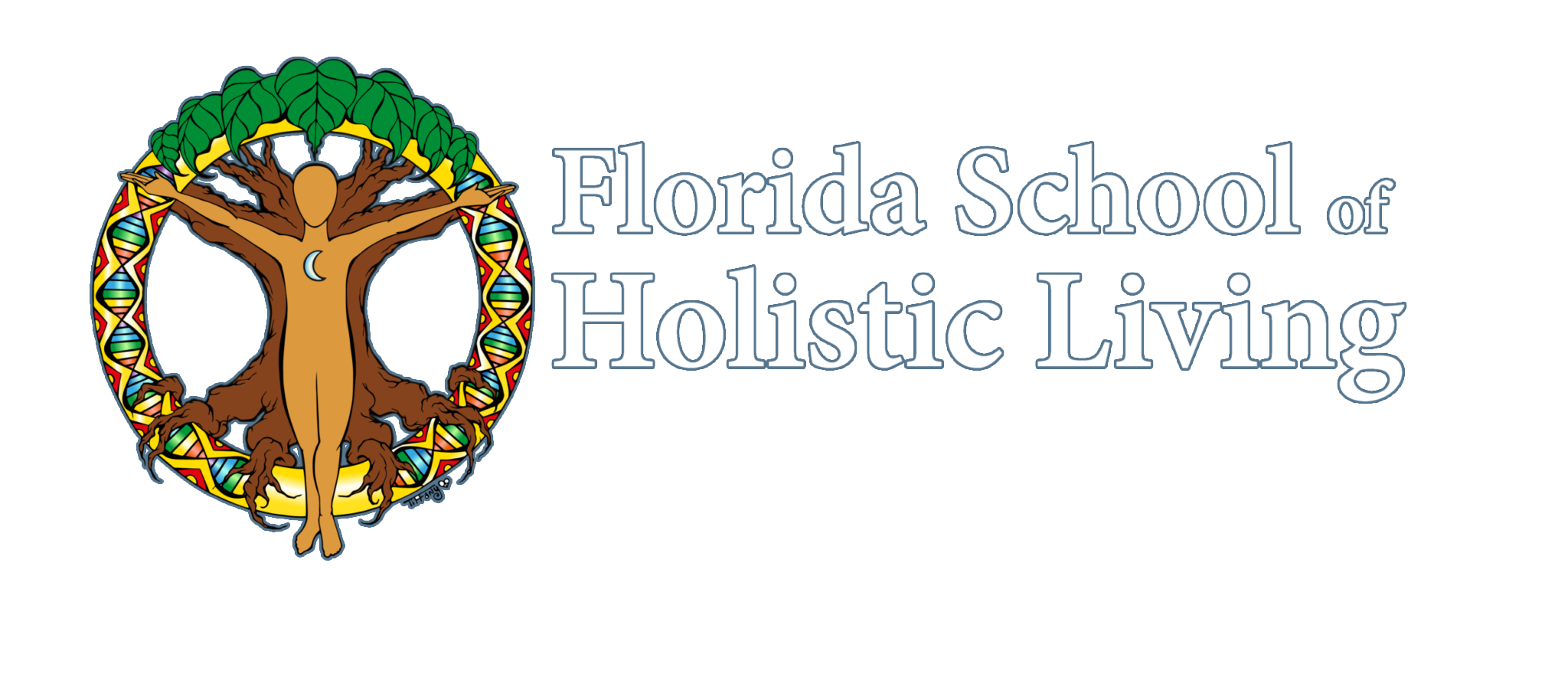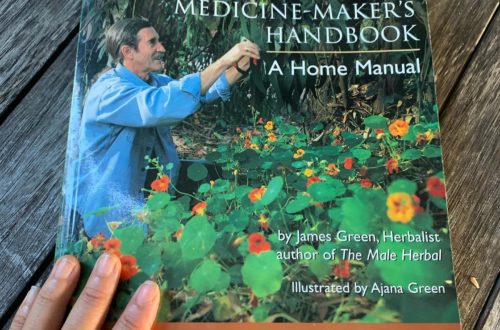Dental Herbalism: Four Natural Remedies for a Healthy Mouth
Oral health is ultimately linked to our overall health and well-being. The new guide to herbal dental care, Dental Herbalism(Healing Arts Press, 2014) by herbalist Leslie Alexander and dental hygienist Linda Straub-Bruce, details 41 safe and effective herbs to improve oral health.
This excerpt from chapter 11, “An Herbal Materia Medica for the Mouth,” outlines four herbal remedies for dental health: Homemade Toothbrushes, Tooth Powder, Scrubs, and Mouthwash. Turn to these safe and effective ancient herbal remedies for modern-day dental care. This excerpt first appeared in Mother Earth News.
Join Leslie Alexander in Orlando at the Florida School of Holistic Living April 1 for “Kitchen Herbs for the Mouth,” a hands-on workshop for all levels of interest, followed by her weekend Dental Herbalism intensive April 2-3, perfect for the practicing herbalist or the owner of a set of teeth seeking to keep them healthy through natural options.
Historically, our reliance on herbs for healing is likely to have preceded our written records about healing. For a long time, herbs were the only medicines available to physicians, even Western physicians. Dentists, too. Each healer had his or her own repertoire of herbs. Some medicinal herbs were cultivated specifically for healing; others were native plants whose seasonal abundance in the wild provided ample access to healing for the common person. We call all these herbs our materia medica. It’s likely that this Latin phrase, meaning “medical materials,” dates back to the Greek physician, pharmacologist and botanist Dioscorides who referred to his materia medica libre as his “free medical materials.” Perhaps it’s from this allusion that we have come to think of medicinal herbs as “the people’s medicine” because medical materials, more often than not, encompassed freely available local flora. Few professions retain the use of the phrase materia medica. Herbalism is one. Of late, the more general term pharmacology, i.e., the study of drugs, has seeped into common use.
Chew Sticks and Homemade Toothbrushes
Neem, alfalfa, arak, garcinia, sumac, birch, dogwood, marshmallow, horseradish, licorice and cottonwood are all suitable botanicals for making chew sticks. (A reminder about using neem: it can affect fertility and should be avoided by men and women wanting to conceive.) Traditionally, a chew stick is about 5 inches in length and anywhere from 1/4 to 1/2 inch in diameter. With a choice root or twig, bark removed from the section to be inserted in the mouth, the end of the stick is either splayed by hand or chewed.
We can also flavor certain roots and use them to clean the mouth. Phytotherapist David Hoffmann suggests boiling 5-inch (cleaned) pieces of marshmallow root, ends peeled, in water with a cinnamon stick and cloves until tender. After carefully removing each, they are placed in brandy for 24 hours before being removed, dried and stored for later use.
Alternately, we can make our own toothbrushes. A homemade toothbrush may have a splayed end or a piece of textured cloth can be wrapped around a stick to provide a scrubbing surface. The opposite end can be shaved to have a pointed edge to be used as a toothpick.
Using a chew stick, or indeed a homemade toothbrush, will be a new experience for many and as with many new experiences, we may be aware of new sensations. Having used a traditional toothbrush for oh-so-many years, any change is likely to feel “different,” perhaps awkward. With repeated use over the course of a short while, we’ll be able to work more comfortably with a new tool and grow more accustomed to its new shape, size and feel as we establish a new routine. Only then, or perhaps even after a dental professional examines our mouth after months of use, will we be able to compare and assess the efficacy of the change.


